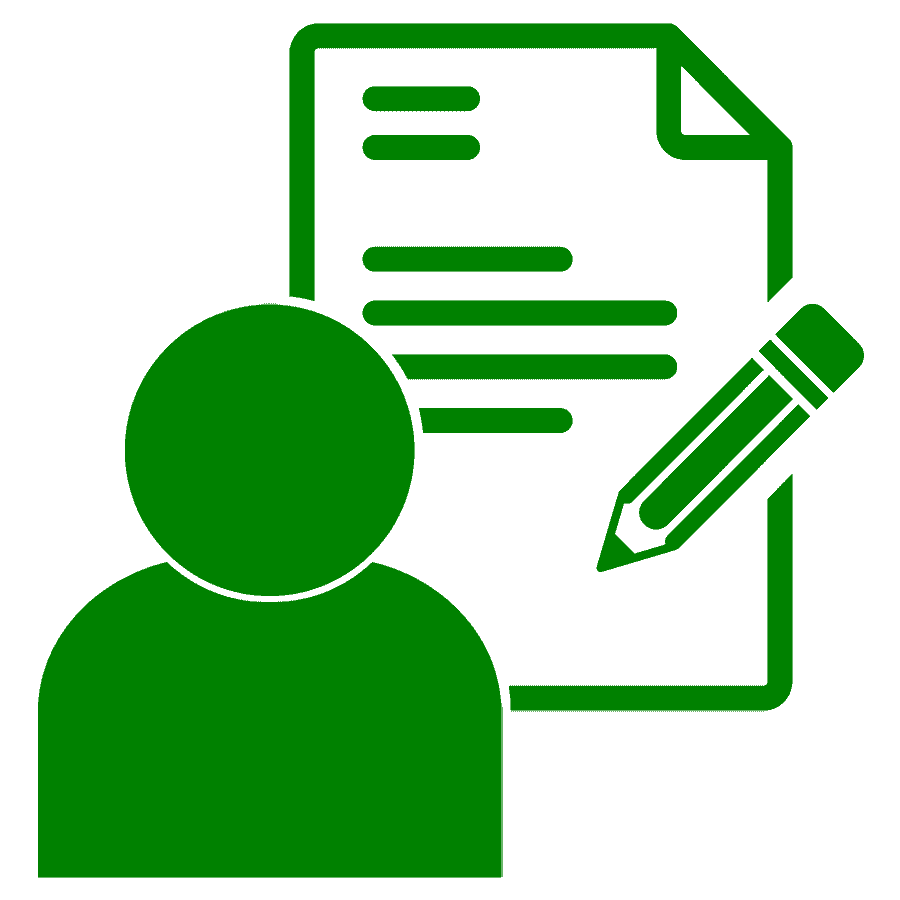RESTORE YOUR BODY TO PROPER FUNCTION
Pain-Free Techniques
Non-Surgical Solutions
Improves Balance, Coordination & Flexibility
Book your initial discovery call!
Skip the hassle and set up an easy 15 minute discovery call to get you on the right path! This initial call will allow you to meet Dr. Kelley, assess your needs, and get you started all without having to come in to the office!
To Get Started:
Signup to receive our Patient Guide to Physiotherapy
Our Patient Guide to Physiotherapy explains more about how we are different. Check your junk mail if you don't receive the e-mail shortly.
Compensations may have become your “new normal.”
.

Our Functional Movement Specialist can help you get to the bottom of your abnormal patterns.
We combine knowledge of movement traditions such as Pilates and Yoga with new techniques in kinesiology such as the M.E.L.T. Method ®, OOV, the Functional Movement Screen (FMS), Dynamic Neuromuscular Stabilization (DNS), Relief Through Rolling, and ReXist360. The result is enhanced performance, stability, and ease.
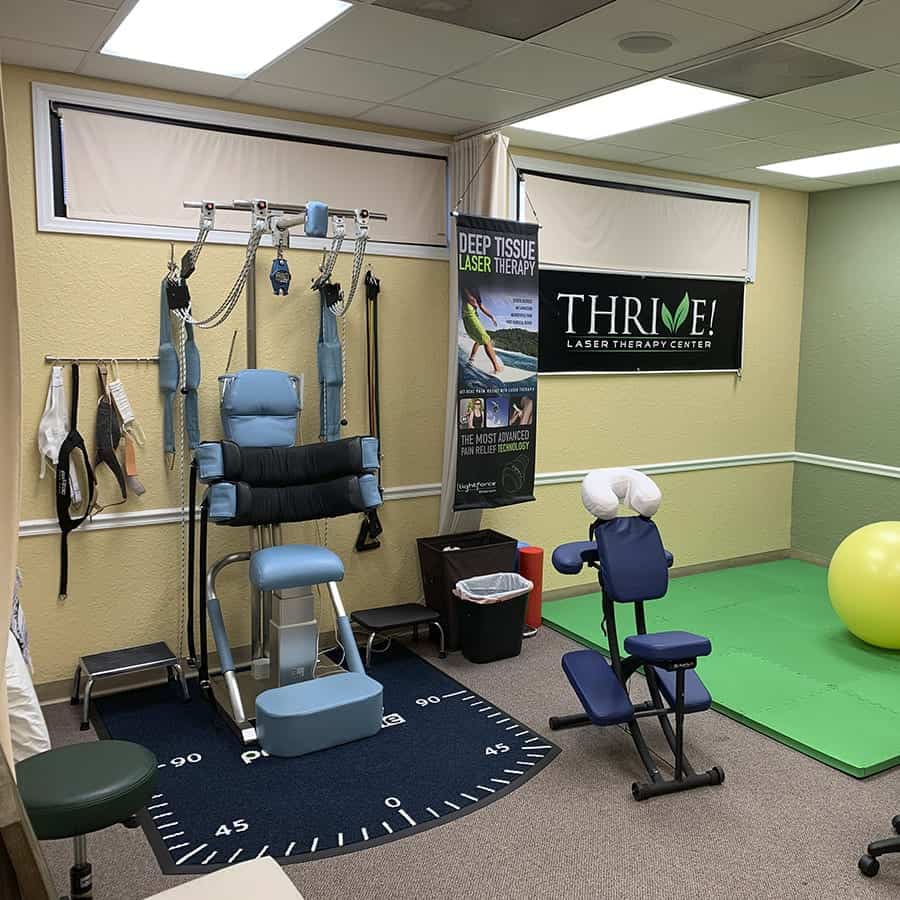
Our Physiotherapy and Functional Movement approach is ideal for anyone wishing to optimize physical performance, or for those struggling with chronic musculoskeletal imbalances. Conditions we can help with a Functional Movement Program at Thrive! Wellness Center include:
What Our Patients Are Saying
Jenna Dodge is “the” consummate exercise professional. She knows exercises for any condition or issue and can teach, explain and demonstrate these exercises to you. I have consulted with Jenna various times over the last few years for weak core muscles and after an accident when I suffered from multiple fractures. Her advice is always spot-on and helpful. Jenna thinks through your situation by analyzing your physiology, anatomy and muscle groups. It is her thorough analysis—her skilled ongoing assessment process–that sets her above the rest. Her knowledge base brings together principles of physical therapy, massage therapy, personal training and coaching. Personally Jenna is innovative, passionate, caring, kind and inspirational. I would wholeheartedly recommend her to anyone wanting cutting edge training and exceptional service.
Paulette w.
I went to Jenna for tendinitis, but over the past nine months, she has done so much more for me. The tendinitis went away after our first session, just as she had predicted. Since she started working with me to release my psoas, the back spasms have become few and far between. My fitness tracking watch has shown that my average deep sleep per night has gone from about one hour to about three hours (the goal is four hours). I can now sit at my desk at work without the unbearable pain in my neck and hips. These were all problems that I never thought could be fixed. Jenna has not only helped me feel better than I ever thought I could, but has given me hope for my future
Katheryn
Our Physiotherapy and Functional Movement Approach
Our Physiotherapy and Functional Movement approach uncovers the reasons for imbalances and retrains your body for normal function and enhanced performance. Your personalized plan might include any of the following:
THE M.E.L.T. METHOD®
(MELT®) is a simple self-treatment designed to help you stay healthy, youthful, and active for a lifetime. MELT employs the use of gentle tools and self-care protocols to improve the supportive qualities of the connective tissue system (fascia) to restore neurological stability and sensory-motor control. The ultimate outcome is pain relief and performance improvement.
OOV
This product works by activating the user’s core stabilizing muscles while also gently extending the spine to stimulate healthy intervertebral disc lubrication. From stretching to core strengthening to rehabilitation or for relaxation purposes, the OOV can be utilized with significant benefits for spinal health.
THE FUNCTIONAL MOVEMENT SCREEN
(FMS) is a tool used to identify the body’s asymmetries which result in functional movement deficiencies. The FMS aims to identify imbalances in mobility, stability, and flexibility during seven fundamental movement patterns. These movement patterns are designed to provide observable performance of basic locomotor, manipulative and stabilizing movements by placing an individual in extreme positions where weaknesses and imbalances become noticeable if appropriate mobility and motor control are not utilized. Once these deficiencies have been identified through the FMS, a program of corrective exercises is then developed with the goal of preventing musculoskeletal injuries. This screening is highly recommended to ALL athletes.
DYNAMIC NEUROMUSCULAR STABILIZATION
(DNS) combines developmental kinesiology, neurophysiology and biomechanics. In the first critical years of life, the nervous system establishes programs that control human posture, movement, and gait. Based upon neurodevelopmental and rehabilitation principles, Pavel Kolar organized the next generation of clinical protocols designed to restore and stabilize locomotor function. This new rehabilitation approach is called Dynamic Neuromuscular Stabilization (DNS).
REXIST360
ReXist360 is a resistance training system that stimulates neuromuscular communication in the lower body. Pelvic stabilizers engage allowing to train better posture and movements instantly. This is great for anyone with knee, hip, and low back issues.
RELIEF THROUGH ROLLING
(RTR) is a self-care technique for everyone to reduce and relieve the pain the moment it is happening. Relief Through Rolling breaks the pain cycle and allows the body to repair and regenerate.
Jenna Demonstrates the M.E.L.T Method
What to Expect
Your Investment in your Health
Stop wasting time and money on treatments that don’t work. Get your Comprehensive Physiotherapy Evaluation AND Personalized Plan—including recommendations for home exercises, and more—for just $199
Let’s get your body moving the way it’s supposed to move! Book a Comprehensive Physiotherapy Evaluation to finally uncover the cause of your imbalances and plan for natural and balanced movement!


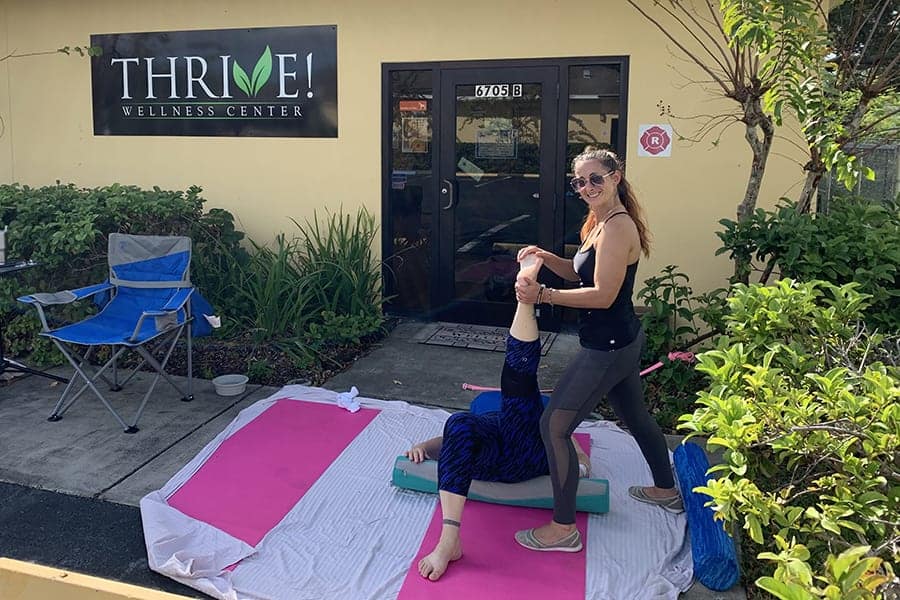
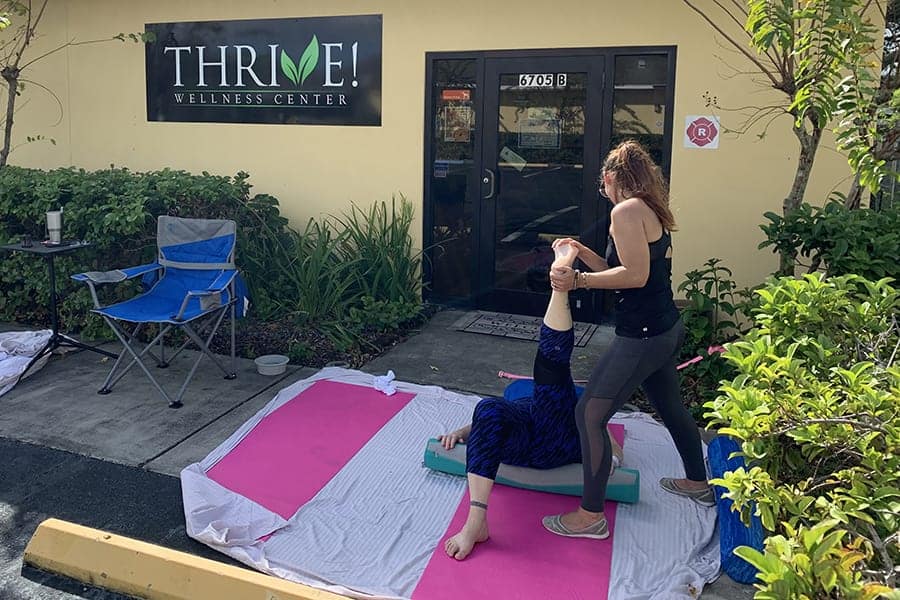
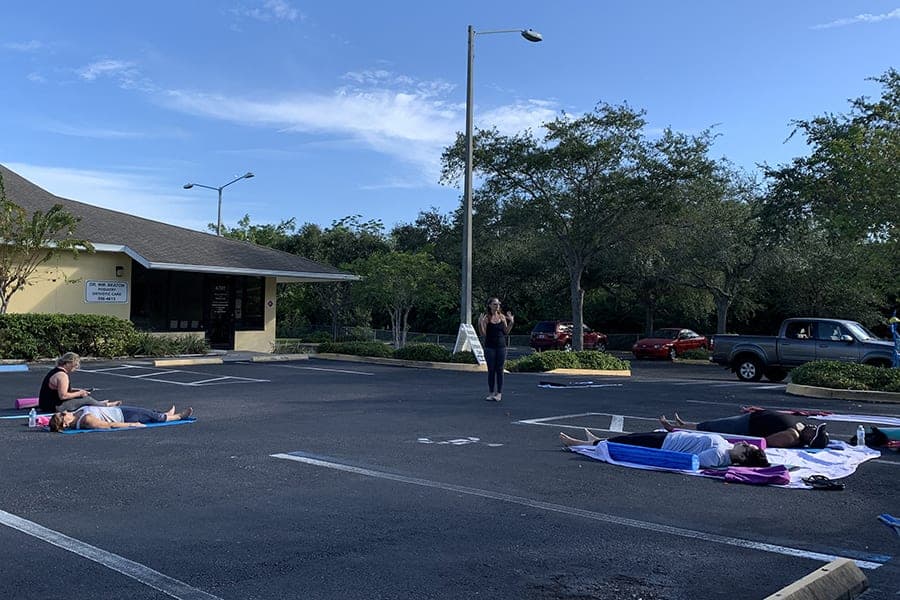
Physiotherapy is a field of medicine that aims to improve the movement of the body. The services of
physiotherapists cover a range of conditions, including sports injuries, diseases of the spinal cord
and brain, as well as the rehabilitation of the heart and lungs. These professionals are also skilled in
treating chronic rheumatic conditions.
Physiotherapy treatment
Physiotherapy is the process of improving health through physical therapy. Physiotherapists
specialize in a variety of treatments to help people maintain or regain their physical health. They can
provide treatments for a variety of conditions including injuries and post-surgery rehabilitation. They
help patients with a variety of issues including posture, balance, and muscle tone. Some treatments
involve specialized exercises designed to restore lost muscle strength and flexibility.
Physiotherapy treatment is a comprehensive approach to health that focuses on restoring the
patient's natural body movement to help them recover faster. It uses exercises, manual therapy,
education, and advice to improve a patient's overall well-being. Many physiotherapists also work with
patients to help them prevent future injuries and enhance their mobility.
Physiotherapy treatment is available through the NHS and in private practice. In the NHS, a referral
is required to get treatment, but some areas allow self-referrals. Ask at the reception desk or contact
your local NHS clinical commissioning group for more information. Some people also opt to have
private treatment, in which case they must pay out of their own pocket.
Physiotherapy is an important part of any treatment plan, and a physiotherapist should build a strong
relationship with their patients before recommending any specific treatment. After a thorough
assessment, a physiotherapist will create a customized treatment plan to address the patient's
needs. This plan may include a combination of exercises, manual therapy, electrical stimulation, and
education.
Remedial exercises
Physiotherapy is a safe rehabilitation method that involves performing specific exercises to improve
motor function and strengthen muscles and joints. It can be performed at home or in a clinic. The
aim of remedial exercises is to help patients return to their normal activities and reduce pain.
Physiotherapy treatments fall into three categories: manual therapy, movement exercises, and
rehabilitation.
Manual therapy
Manual therapy is one of the many methods used by physiotherapists to relieve pain. This technique
often includes soft tissue manipulation, joint mobilization, and joint stabilization. It has a long history,
dating back millennia. The practice was first documented in Europe around 400BCE and developed
across the world. By the 19th century, medical professionals began to seriously consider the role
and benefits of manual therapy. At the time, manual therapy was most commonly used for
musculoskeletal conditions. However, many medical professionals had very strong opinions about
manual therapy.
Manual therapy is used by providers for a variety of medical conditions. It is a complementary
treatment to other therapies that complements the more active parts of the program. It helps with
chronic pain management and improves participation in more active therapy components. Manual
therapy is not cheap, but most therapists can give you a rough price estimate upfront. Manual
therapy is also covered by many insurance policies, which means you won't have to worry about
paying out-of-pocket.
Manual therapy involves various types of soft tissue work and manipulation techniques. These
techniques are different, but they all aim to increase blood flow to the affected areas. They can also
help reduce swelling and pain. The increased circulation in the soft tissues can help break up scar
tissue. Additionally, stretching and massaging the affected area can help desensitize the area to
pain.
Assessment
The first step in physiotherapy treatment is the assessment of the patient. The physiotherapist will
interview the patient about their medical history and perform a comprehensive physical examination
to determine the exact nature of the problem. The physiotherapist will discuss the findings and
develop a customized treatment plan. Patients are welcome to bring a friend or family member to
help them understand the process.
The causes of the injury are also assessed. Depending on the type of injury, an assessment may be
conducted on both structural and functional aspects. For example, acute traumatic injuries may
require a more structural approach to rehabilitation, while chronic neck pain may require a more
functional approach. It is important for physiotherapists to be aware of the differences between these
types of injuries to determine the most appropriate treatment plan.
The assessment process is critical in determining the proper physiotherapy treatment for a client. It
helps the physiotherapist determine the cause of the problem, and may determine whether the
patient needs further medical evaluation. Moreover, the assessment allows the physiotherapist to
determine the exact cause of the problem and identify the contributing factors.
The physiotherapist will begin by asking detailed questions about the symptoms that the patient is
experiencing. The therapist will also measure the range of motion, strength of specific muscle
groups, and joint stiffness. After this initial assessment, the physiotherapist will devise a treatment
plan for the patient that includes stretching and strengthening exercises
Results
Physiotherapy treatment results showed improvements in the autonomic function and quality of life
in participants who had been suffering from dyspnea. They also experienced significant
improvements in oxygen delivery and saturation, and improved heart rate. Further studies are
needed to evaluate which procedure is better. In general, the most effective type of physiotherapy
treatment depends on patient characteristics, duration of the complaint, and pain level.
The new approach in physiotherapy measurement combines the objective evaluation of
physiotherapy treatment with patient feedback. The total group of patients was divided into two
groups: patients who self-referred to treatment and those who were referred by their health care
professionals. In both cases, the patients met treatment goals to a similar extent.
The Australian Physiotherapy Association (APA) released a report entitled The Value of
Physiotherapy, which shows the economic benefits of physiotherapy treatment. It identifies 11
common health conditions, from urinary incontinence to Parkinson's disease, and looks at the impact
of physiotherapy on quality of life. The report is a valuable resource for those considering the
benefits of physiotherapy.
The study found that two-thirds of shoulder syndrome patients referred to physiotherapy treatment
had a positive outcome. Three percent of patients in the general population did not reach their
treatment goals, according to the study. The authors found that the costs of shoulder syndrome
treatment were relatively low, despite the fact that most patients did not fully reach their treatment
goals.


